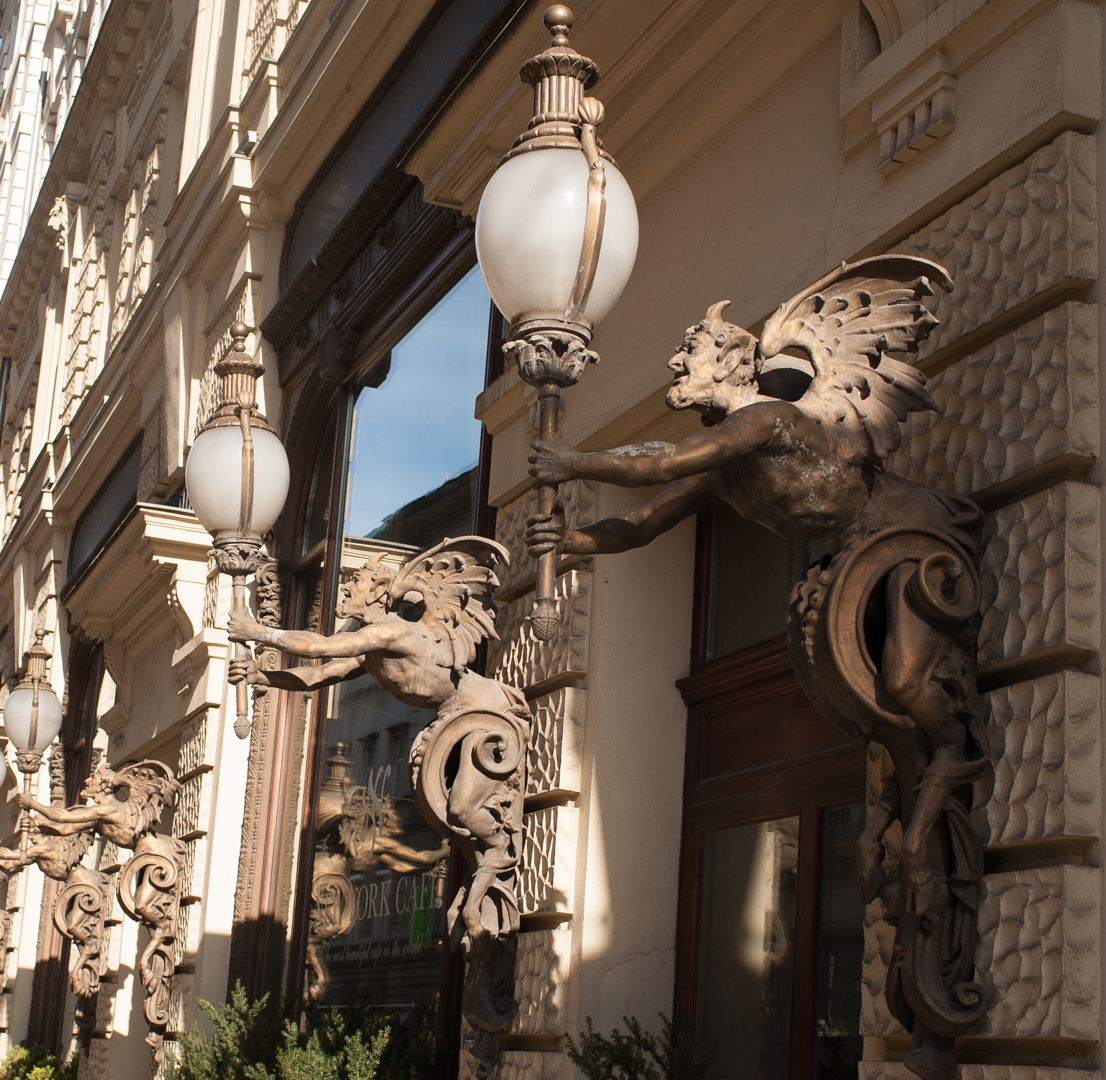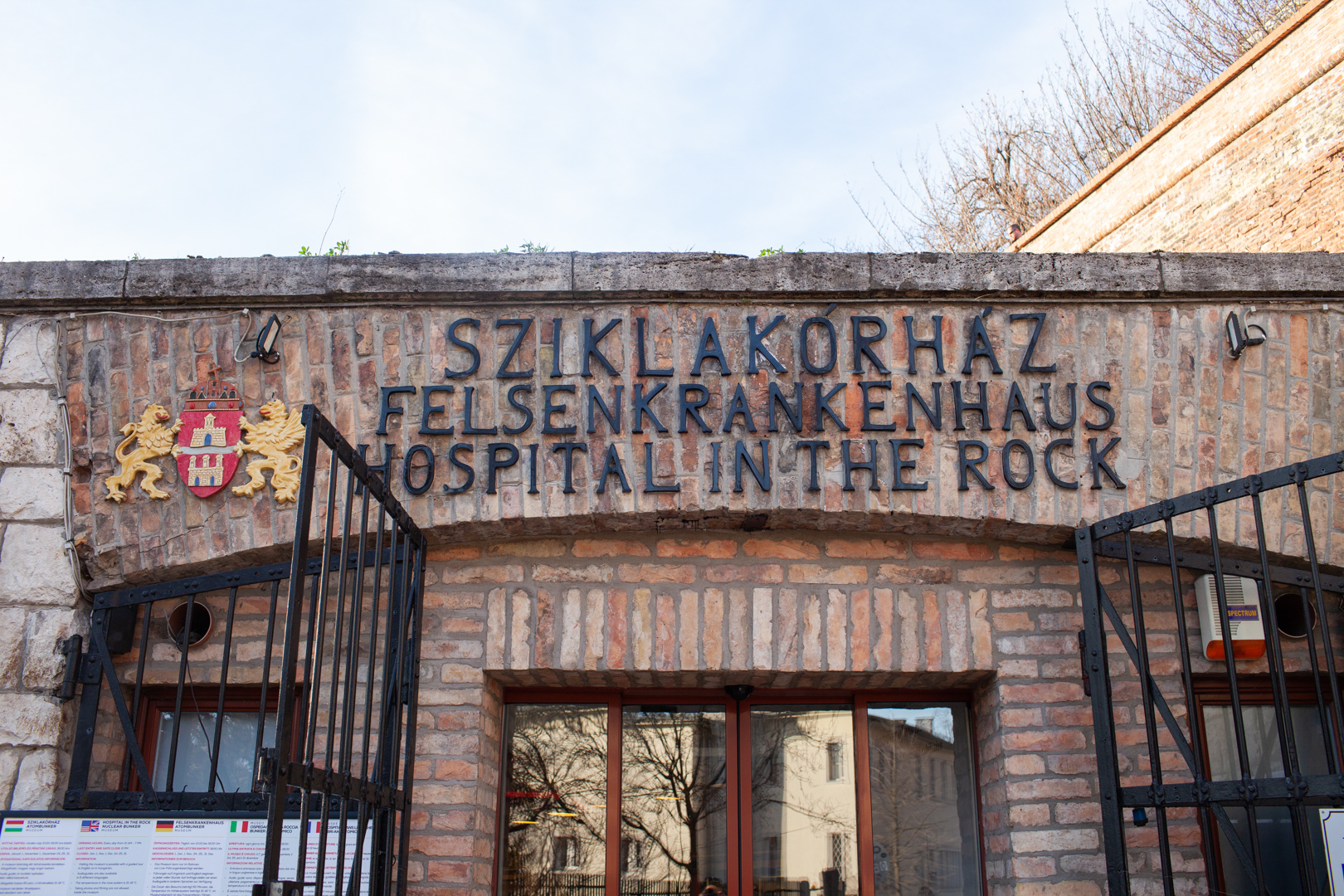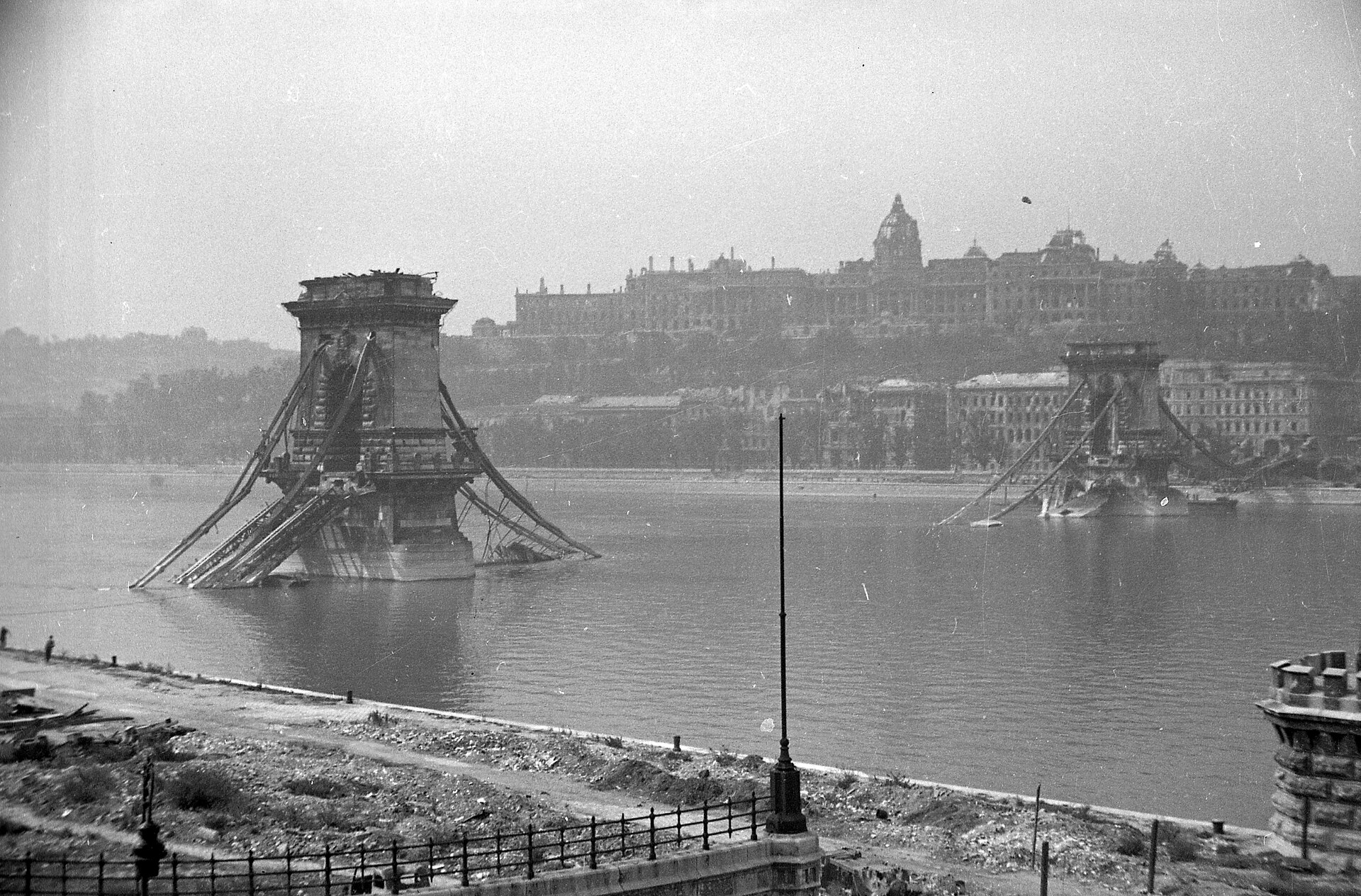
Budapest’s new museum in Városliget
“The Collector’s House” stands as Budapest’s newest private museum, nestled within the historic Kőrössy Mansion on Városliget Wooden Row ( Városligeti fasor). Since its

The bridge, more than any others, interfered excessively with the urban structure.One of the several plans by William Tierney Clark envisioned a bridge leading to the heart of the old Inner City, to Eskü Square by the Parish Church, where the narrowest stretch of the Danube is located. The river is so narow there,that no more than one pier could stand in the river without interfering with the boat traffic.
Considering what kind of engineering virtousity is required to solve this problem, the next step was to conceive a single-span chain bridge with no pier at all. A braving but attracting idea.
A few decades later the Elizabeth bridge was finally got built at the site. As the Chain Bridge was the symbol of Hungary’s modernization, so was the Eskü Square Bridge( Március 15. tér ) to symbolize the Golden age of Hungary. Later the Horthy Miklós bridge was the proof of the invincible vitality of a nation paralysed by war.
The bridges of Budapest are more than just bridges.Besides their exeptional beauty and acknowledged engineering achivement, they are the means of the nation’s self-expression.That’s why our relationship to these steel and concrete structures is so special. That is, besides the importance of the projects, why the construction of all bridges spaning the Danube at Budapest was prepared for by special legislation.The construction of the Elizabeth Bridge was indirectly implied in Act XXI of 1885 decreeing that beyond a certain limit the profit generated from bridge tolls should be spent on the construction of a new bridge. In 1893 another Act designated the location of two new bridges of which the Eskü Square Bridge was to be built later , from 1898 to 1903.
As anecdotal evidence has it, Franz Joseph played a far greater role in giving this bridge its final shape than in the creation of the recent Liberty Bridge the one originally named after him.
The emperor is said to have fallen in love with the idea of one-span pierless bridge.When he was asked to contribute to the construction costs, his royal response was the question “But it surely will not have a pier, will it?” The gentlemen seeking support nodded and although there were plans submitted with other solutions, they did not stand a chance to win a prize.The first prize for the replacement bridge was awarded to a cable bridge designed by German engineers but the design was not carried out because, according to the plan, the parts had to be manufactured in Hungary. At that time, however the Hungarian cable industry was not able to produce all the products needed.Therefore a Hungarian team of engineers led by Aurél Czekelius reworked the plans, creating a chain bridge based on the prize-winning plan.The construction proceded with great difficulties but was finally sucessfully completed.Building the abutments was a strenous operation.
One of the main tasks was the designation of the bridge axis. Kossuth Lajos utca had to be extended to the Danube but the entire medieval core of the city, icluding the old City Hall, had to be sacrificed.The Parish church of Pest barley escaped demolition. Its preservation, the result of significant popular support, was perhaps the first spectacular victory of the then still unorganized movement for the the conservation of architectural monuments.
Even today it is easy to see that church was a major obstruction. By now we have become used to this solution dictated by necessity. For this bridge the engineers managed to develop a sustainable stiffening system.Important technological innovations, such as the pendulum-like design of the pylons and the special anchoring of the chains, were employed.
The Elizabeth Bridge was assembled from a gigantic, nearly fifteen-metre long chain sheets. They were made in Diosgyőr after the Krupp Works which was also approched, backed out of the commision due to the lack of suitable facilities. Thus the period most beautiful chain bridge in the world, boasting the longest span, was constructed. It remained the longest bridge of its kind until the end of the 1920s, or even longer since the bridge of Florianapolis in Brazil, which is longer, not a proper suspension bridge on account of its special auxillary supports.
The Elizabeth Bridge remained a record holder until 1945, when it, along with all the other bridges became a victim of the war. Until 1960 the truncated remains of this beautiful record holder stood as a stark reminder of the merciless destruction of Budapest during WWII. Soon after the demolishion of the remained structures the construction of a new cable bridge begun.
Another world famous masterpiece a worthy successor to the old bridge was created. The slender strucutre was designed by Pál Sávoly.All the 30 cables of its cable bundles consist of 30 steel wires of Z, 48 wedge and 37 pear-shaped profiles.The bridge, as the last to be rebuilt across the Danbe , was opened on 20 November 1964. Since then it has been renovated 3 times.The new bridge is the same overall length as the original one but, whilst the old bridge provided 4 road lanes and a rail track for trams, the new one has 6 road lanes. It did originally carry trams but when cracks began to appear on the bridge in the 1970s the tram tracks were removed.
A plaque at the end of the bridge points out that, to commemorate the resumption of diplomatic relations between Hungary and Japan, a lighting system was added to the bridge paid for in part by the government of Japan. The lighting system was designed by the renowned Japanese lighting designer Motoko Ishii.

“The Collector’s House” stands as Budapest’s newest private museum, nestled within the historic Kőrössy Mansion on Városliget Wooden Row ( Városligeti fasor). Since its

Budapest, the capital city of Hungary, is renowned for its rich history, stunning architecture, and vibrant culture. Among its many treasures, the New York Café

Castle Hill which is part of the Unesco World Heritage Danube waterfront, and one of the most visited sites in Budapest conceals a system of

The Siege of Budapest in 1944-1945 is considered one of the bloodiest and cruelest battles of WWII.It can only be compared with that of Stalingrad
Contact me!
Follow me on social media!
Privacy Policy